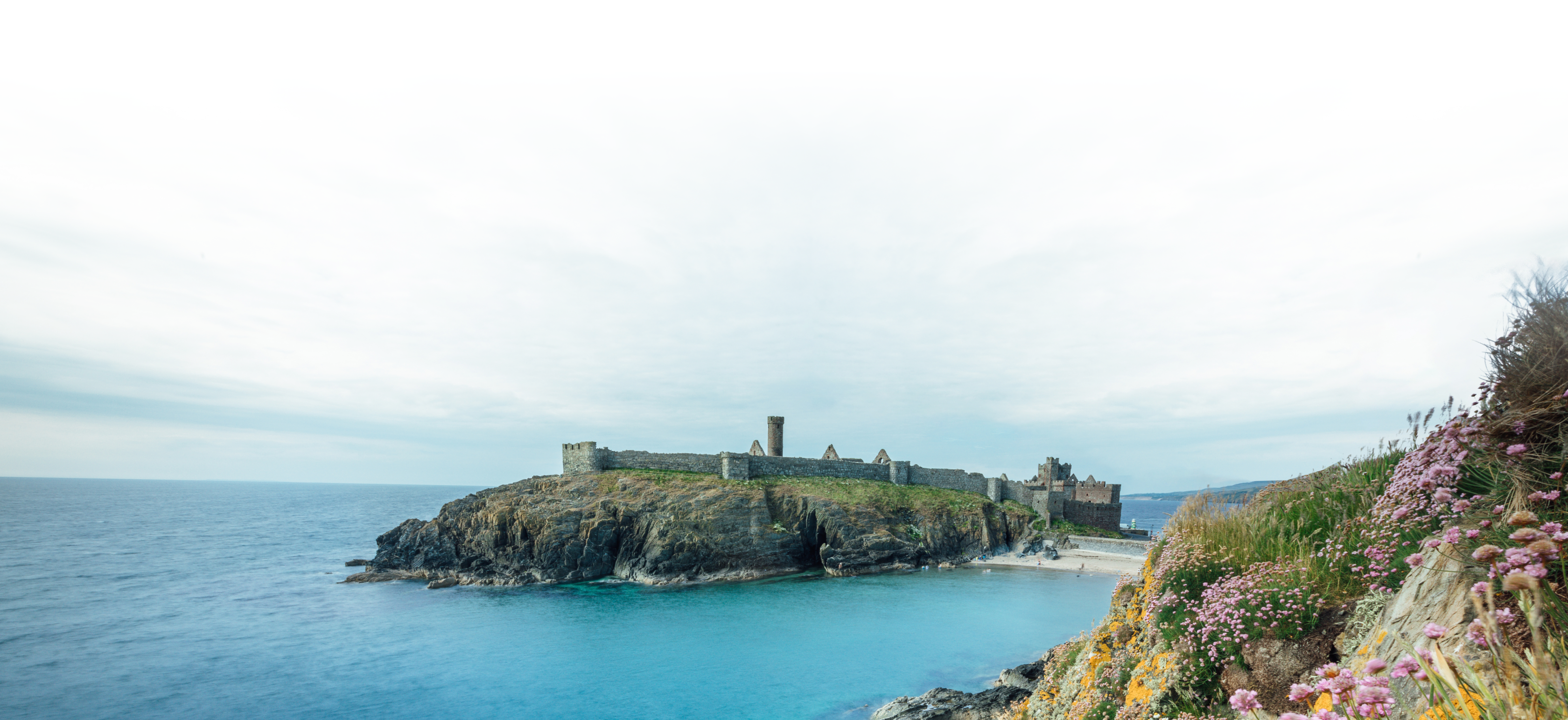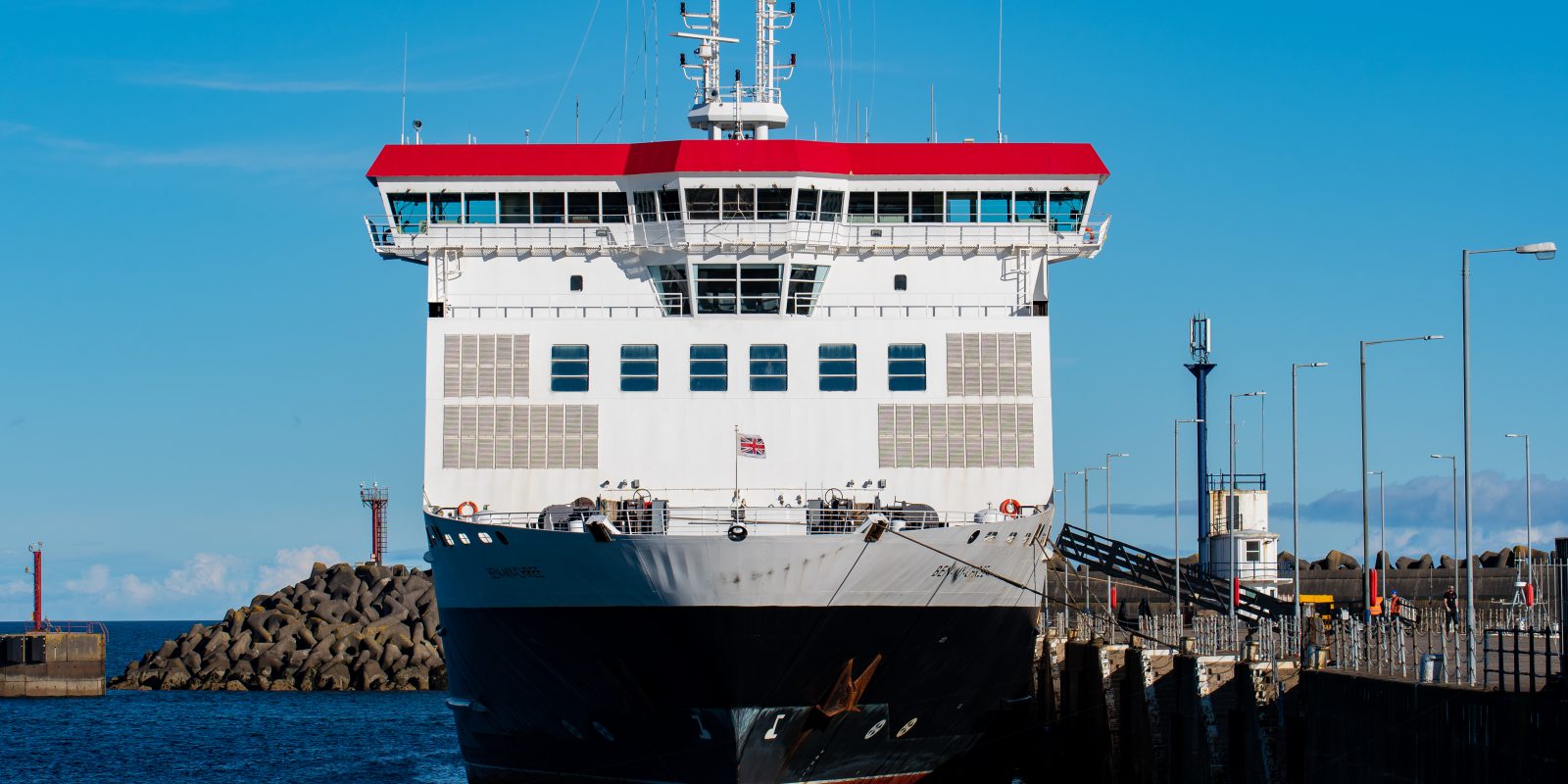While we are blessed to live in such an incredibly beautiful island, weather in the British Isles can at times be unpredictable. With the Isle of Man nestled neatly into the heart of it, our Masters sometimes have a difficult decision to make when determining if certain sailings should go ahead.
Deciding if it is safe to sail in poor conditions is the responsibility of Isle of Man Steam Packet Company Masters, who collectively have more than 42 years’ seagoing experience. Conditions are determined by cross-checking marine weather forecast reports which we receive from a number of sources including Ronaldsway Met Office and an advanced Nowcasting system for sea conditions. While the majority of the weather forecasts we receive are accurate, it is important to remember these reports are predictions and, on very few occasions, conditions can turn out to be different than predicted.
The prime factor when making a decision is always, first and foremost, the safety of passengers, crew and the vessel. The below offers an insight into some of the aspects that are factored into this decision-making process.
Passenger Comfort & Safety
As mentioned, safety is always our top priority. If there is a risk that rough seas could cause damage to the vessel during passage or it is going to be an exceptionally uncomfortable crossing for passengers, then the sailing is unlikely to go ahead. Changing the route can help in some circumstances, i.e. navigating an indirect route to avoid the worst conditions (this is called weather routing), but this is not always an option.
Wind Strength & Direction
Perhaps unsurprisingly, the strength of the wind plays a key part in decision-making as strong gusts can cause dangerous and uncomfortable sailing conditions. However, strong winds on their own do not necessarily mean a crossing needs to be cancelled – wind direction is also key.
Each port has what is considered as ‘bad’ wind directions for that particular port. So, a strong easterly gale in one port may not be a problem, but the same strength and direction can cause an issue at the other end. This has a big influence on the decision for sailing.

Harbour Conditions
A lot of the time, it is actually berthing the vessel safely in the harbour, rather than the crossing, that is seen as the issue. As all of our ports are different, they each come with their own challenges, and the Master has to take this into consideration.
The entrance to Heysham Port for example is incredibly narrow, which in itself makes it difficult to manoeuvre a large vessel. Combine this with an often less than ideal wind and tidal flow direction across the harbour entrance, and we have some tricky conditions for entering and leaving the port. This is one of the key reasons that bad weather can be particularly problematic for our crossings between Douglas and Heysham.
If the conditions could lead to the vessel being damaged, then of course it is not safe to sail. The proximity of other vessels in the harbour must also be taken into consideration.
Crew Working Hours Regulations
Similar to aviation, maritime regulations dictate the numbers of hours that crew can operate daily. This requirement is in place to ensure safety of operation by way of avoiding crew fatigue, which may result in accidents through human error. Ferry operators are unable to operate single leg journeys without considering if and when the vessel may be able to return.
The wellbeing of our crew is of the utmost importance and if the forecast looks like the return crossing will be affected, and there is a possibility that the crew will not receive their allocated hours of rest required under the Regulations, then the outward sailing cannot go ahead.

Availability of a Tug Boat
A tugboat assists larger vessels by towing, pushing and guiding them in and out of port and can be particularly useful in poor weather conditions. The availability of a tug can make the difference between being able to sail or not, and unfortunately access to tugs is often limited.
As you can see, when conditions are poor, there are many different factors that need to be weighed up by the Master of the vessel in order to determine if a sailing should be undertaken. While disruption to our services is never welcomed and we never wish to cause inconvenience to our customers, crew and passenger safety will always be our top priority and the weighted factor behind decisions.

Get the latest deals and offers
Join our mailing list to receive early-bird offers, exclusive deals and travel inspiration.
